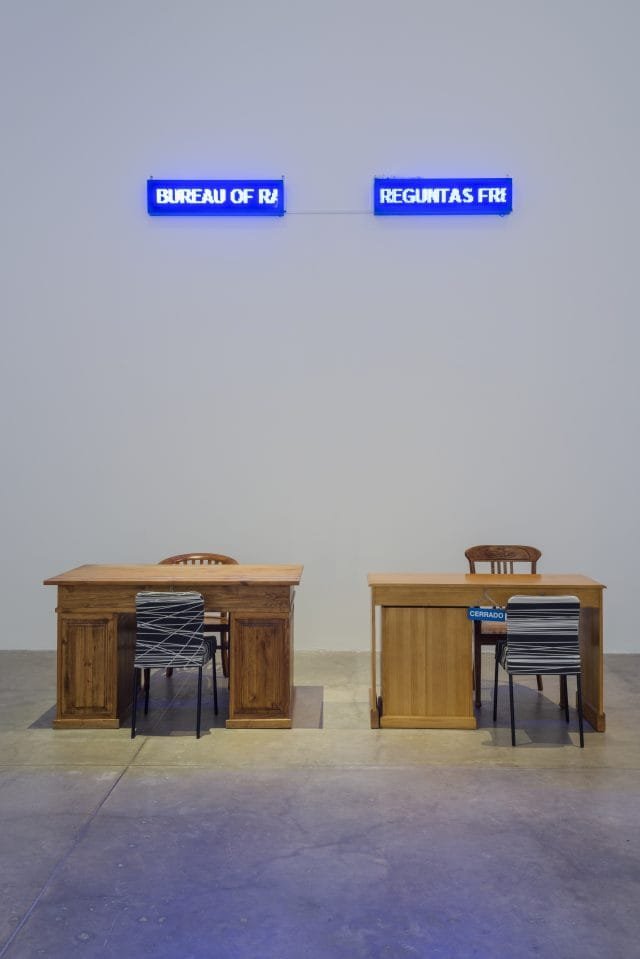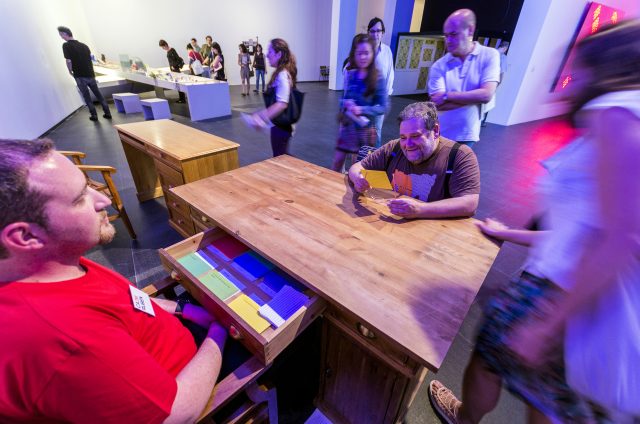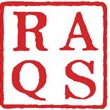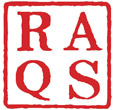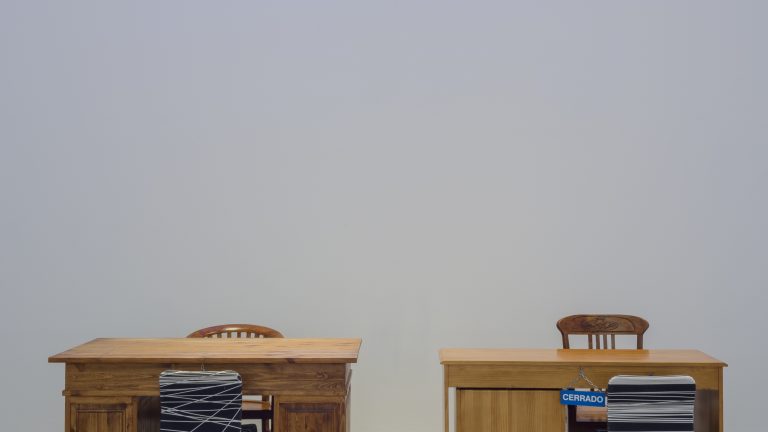Bureaux of Raqs and Faqs
Shown at: Museo Universitario Arte Contemporaneo (MUAC), Mexico City (2015)
Found furniture, index cards, words, plaques, electronic word displays, text and a scenario
The Bureaux of Raqs and Faqs takes the form of an onsite performance installation. It takes off from the fact that one of the ways in which the word ‘Raqs’, in the name of the collective, has been sometimes mistakenly parsed is as the acronym RAQS, ‘Rarely Asked Questions’, as opposed to ‘FAQS’ or ‘Frequently Asked Questions’. FAQS and RAQS both figure in the patois of early websites, the literature of popular electronics and computer manuals. Typically they denoted ways in which information-devices and technology driven platforms interacted with visitors, offering solutions to frequent, or rare, problems and questions.
Raqs take the ‘query and response’ mode of RAQS and FAQS to devise a scenario where members of the public can ask an exhibition docents trained by Raqs to answer any possible questions. The ‘respondent’ sits at one of two office tables, each under an electronic sign saying either ‘BUREAU of RAQS’ or ‘BUREAU OF FAQS’. The ‘BUREAU of FAQS’ is perpetually ‘OUT TO LUNCH’ (a sign on the table says so). The ‘respondent of the Bureau of Rarely Asked Questions evaluates the visitor’s query to determine whether or not it is a RAQ or an FAQ (basically a question too banal to be answered).
If it is found to be an FAQ, the enquirer is referred to the ‘BUREAU of FAQS’ – where no one is present to take the question. If the question is deemed an RAQ, then the respondent chooses an index card from amongst four cartons of index cards that bear hypothetical ‘answers’ to any questions that incorporate any of the the words – ‘what, where, how, why and when’ . The respondent chooses an answer that he or she thinks is adequate to the poise, elegance and acuity of the given rarely asked question. Sometimes, a conversation ensues.
